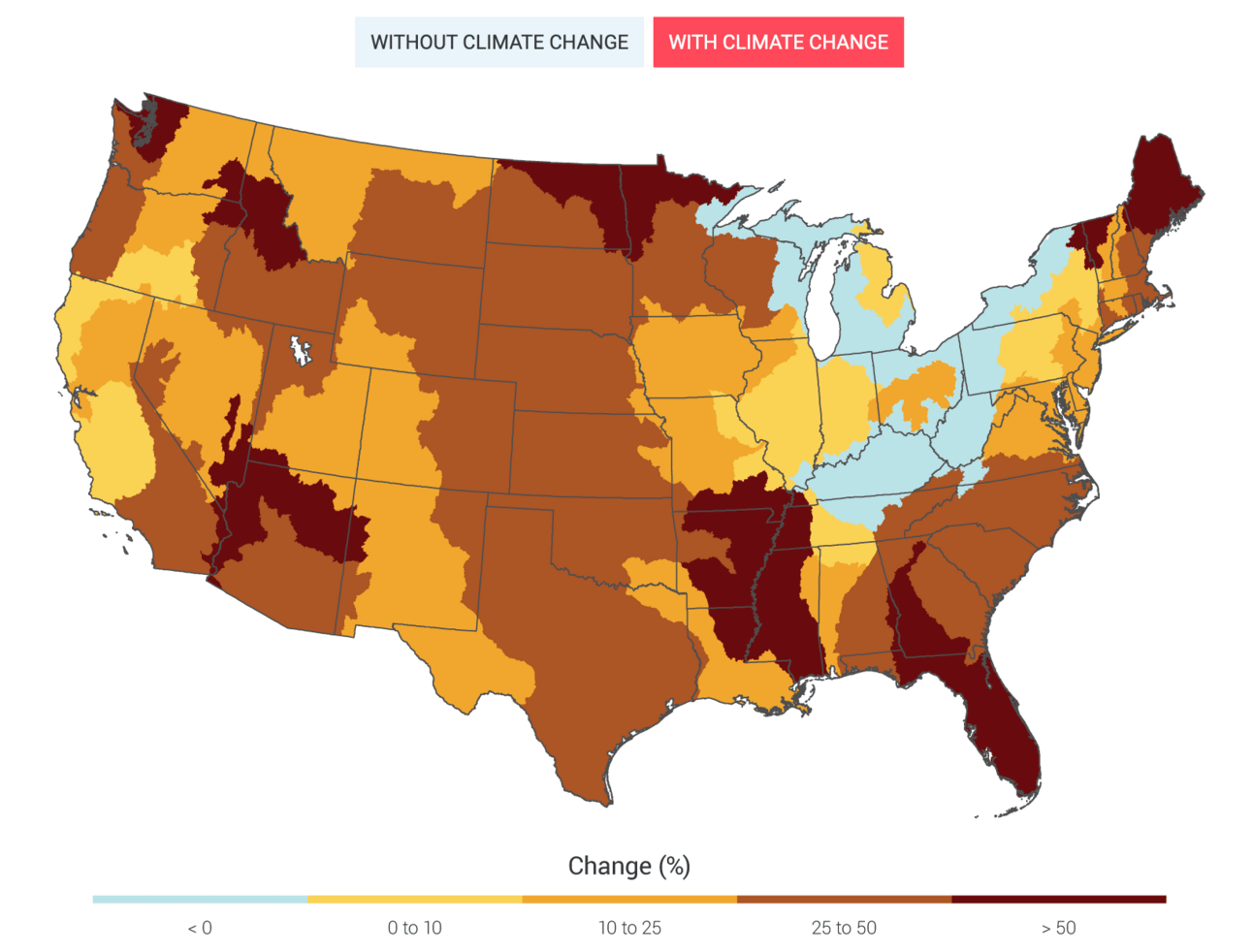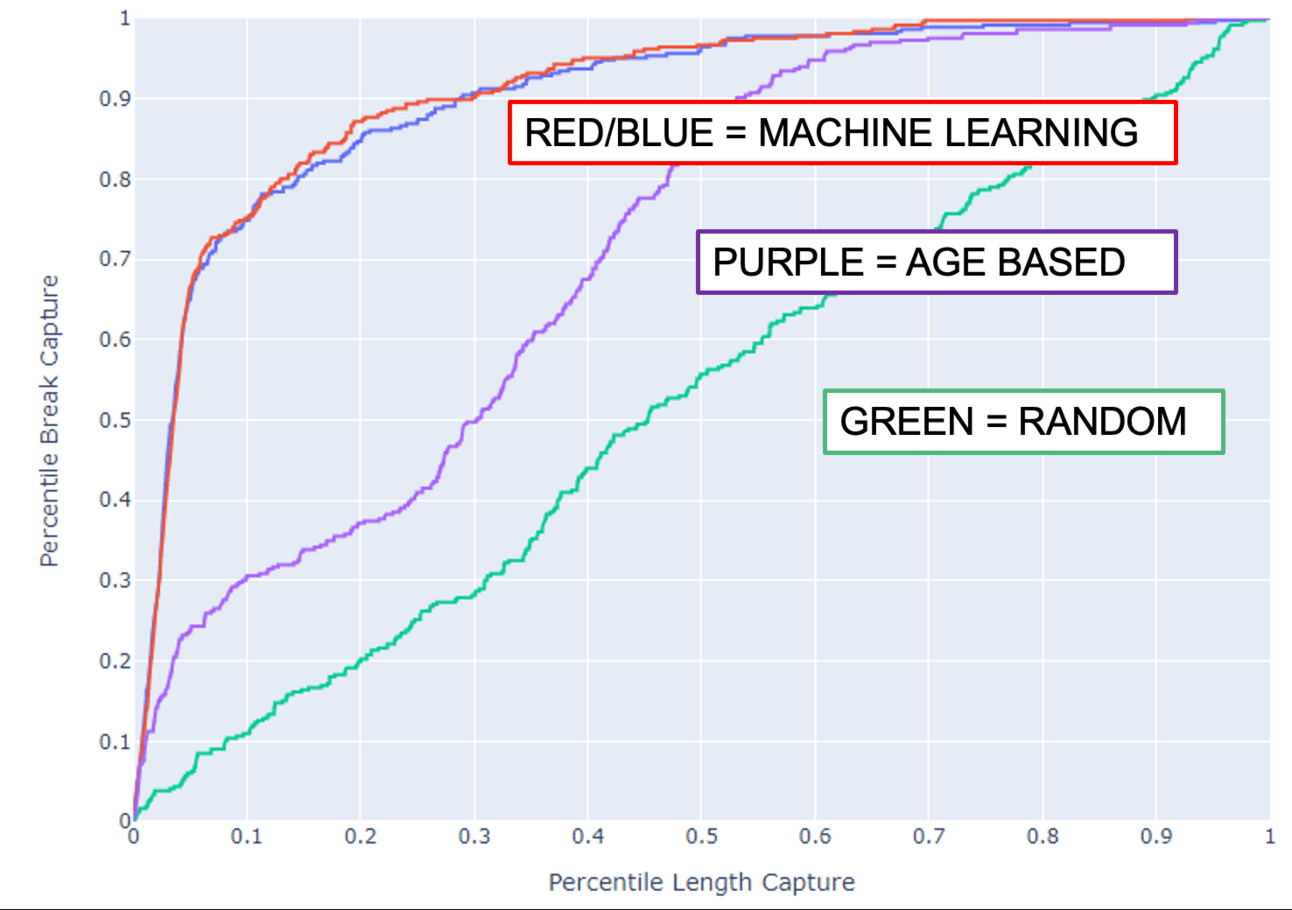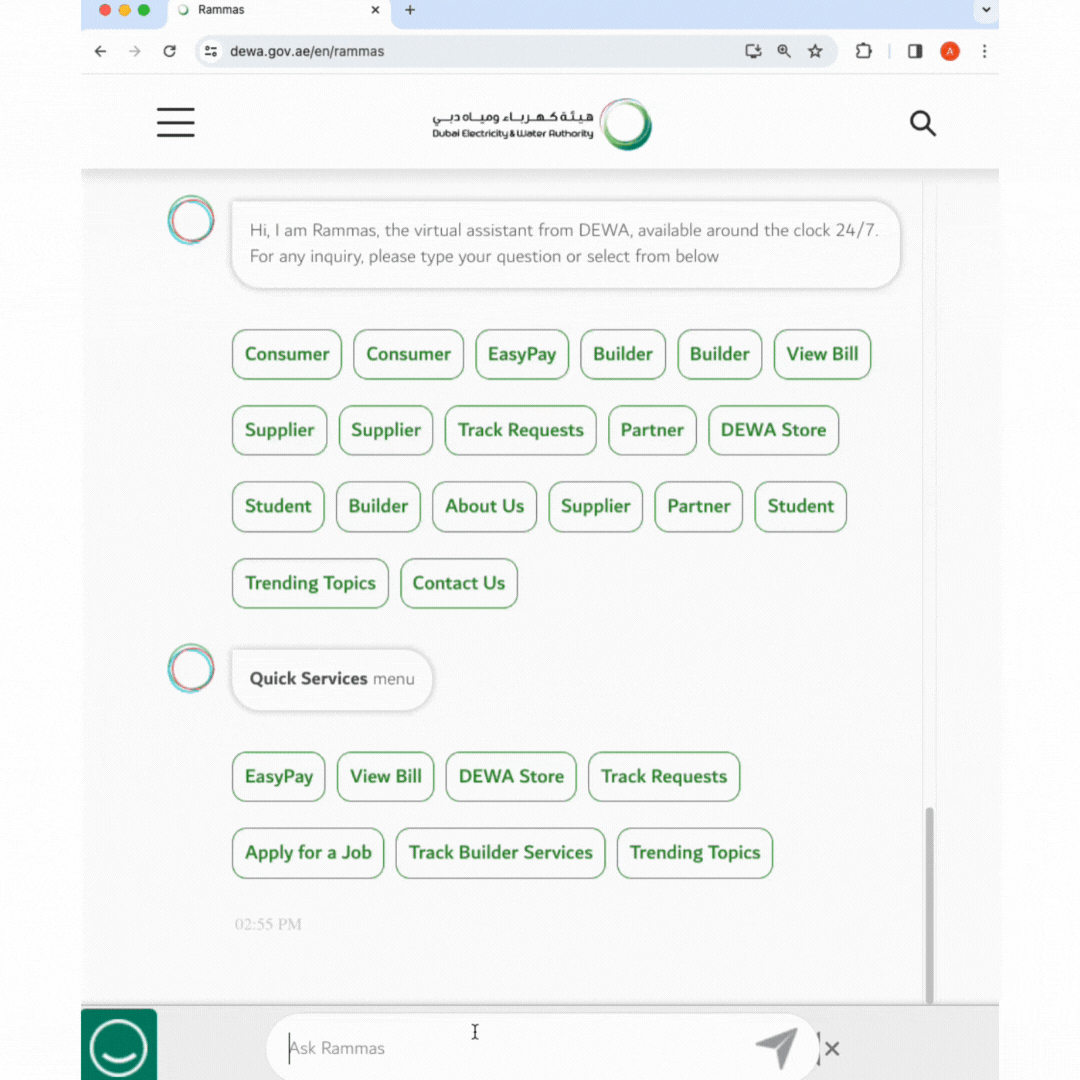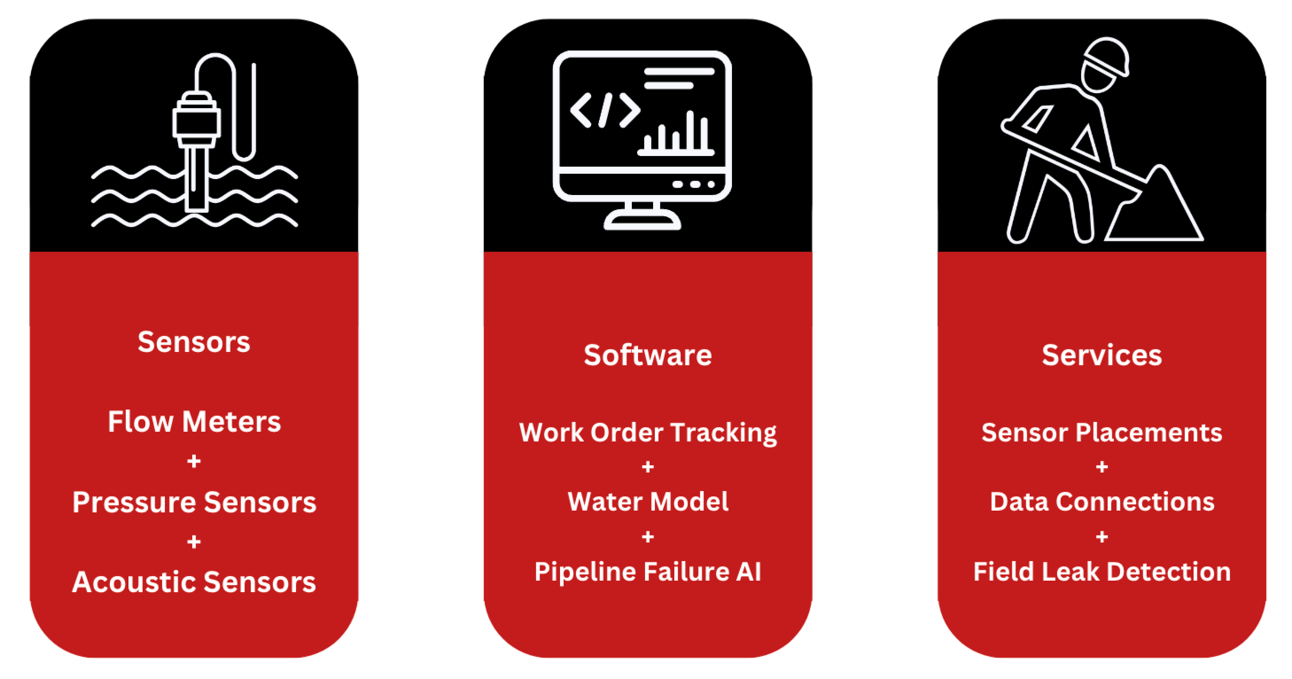- Infrasync Technology Services
- Posts
- Infrasync Newsletter #10 - AI in Action for Utilities
Infrasync Newsletter #10 - AI in Action for Utilities
The Options and the Risks
AI seems to be taking the world by storm but how can it be used in the water utility world? The main types are as follows:
Predictive Models - AI predictive models are decision-making tools that help identify patterns, trends, and relationships in their data. They take historical data add in engineering formulas and known physical relationships to predict different scenarios. This can be useful for planning out a new water plant and you need to estimate the capacity for now and 50 years from now. Or as shown in this image can be used to predict future climate scenarios.

Water Risk in the USA - https://nca2014.globalchange.gov/highlights/report-findings/water-supply
Quick note, regardless of political views it’s good engineering to look at the most extreme cases of weather, both cooler and warmer when designing long term infrastructure. Otherwise you end up with issues like the Colorado River basin with professionals estimating the rain would continue forever…and it didn’t.
Machine Learning - Machine learning is the ability of machines to learn and improve from experience without being explicitly programmed to do so. This means they can take dozens of parameters without explicit engineering relationships and make sense of it. An example below is from pipeline risk AI code that take into account pipe age, pressure, historical breaks, materials, soil types, and other parameters to determine the likelihood of failure. This brings the success rate from about 70% up to 90% in predicting which pipelines will break.

Pipeline Breaks Capture Rates - https://ascelibrary.org/doi/abs/10.1061/%28ASCE%29IS.1943-555X.0000683
Generative AI or Large Language Models – This approach uses deep learning techniques to generate natural language text that is similar to human writing. This took the world by storm in 2023 with the release of Chat-GPT. This takes into large volumes of information and maps it out in a virtual computer mind similar to a human. So when questions are asked it can respond with speech as if talking to another human. This is already in use in the water industry for customer support roles as show below.

Dubai Customer Service Chatbot - Powered by GPT
So what’s the catch? Why isn’t every utility already using these approaches?
The catch is the data preparedness. Every one of these applications requires good data. Yes, you can use modern AI to predict your pipeline breaks, optimize your treatment plant, and have a human chat style interface. Well, at least you can once you have data.
If you skip the data step what happens? You have some initial success, but the software falls apart quickly. This is why a connected approach of hardware, software, and services for any new technology is required.
Imagine a utility with out-of-control water loss. They want to use the best technology and AI to reduce their losses. Because they have an assortment of sensors, good data across multiple software, and solid services to support they can predict, validate, and repair leaks.

Technology Components for Water Loss
If one piece in this chain breaks down that makes the whole process much harder. If there is no pressure sensors in the system, it will be difficult to monitor pressure spikes in the system which are one of the top causes of pipeline fatigue and breaks. Without a work order tracking software in place there will be no historical pipeline breaks and repairs to use as training data for the pipeline failure AI model. Without services to repair the identified leaks then the leaks will stay just that…leaky.
Each of these components work together, be wary of anyone that promises to solve your utility issues with just a single approach. A utility requires all three!
Make sense to connect?
Are you working to help your utility or technology company take the next step forward? If you want to talk through a challenge or share something interesting your team did please shoot me a note at [email protected] or schedule a 15 minute call here.
